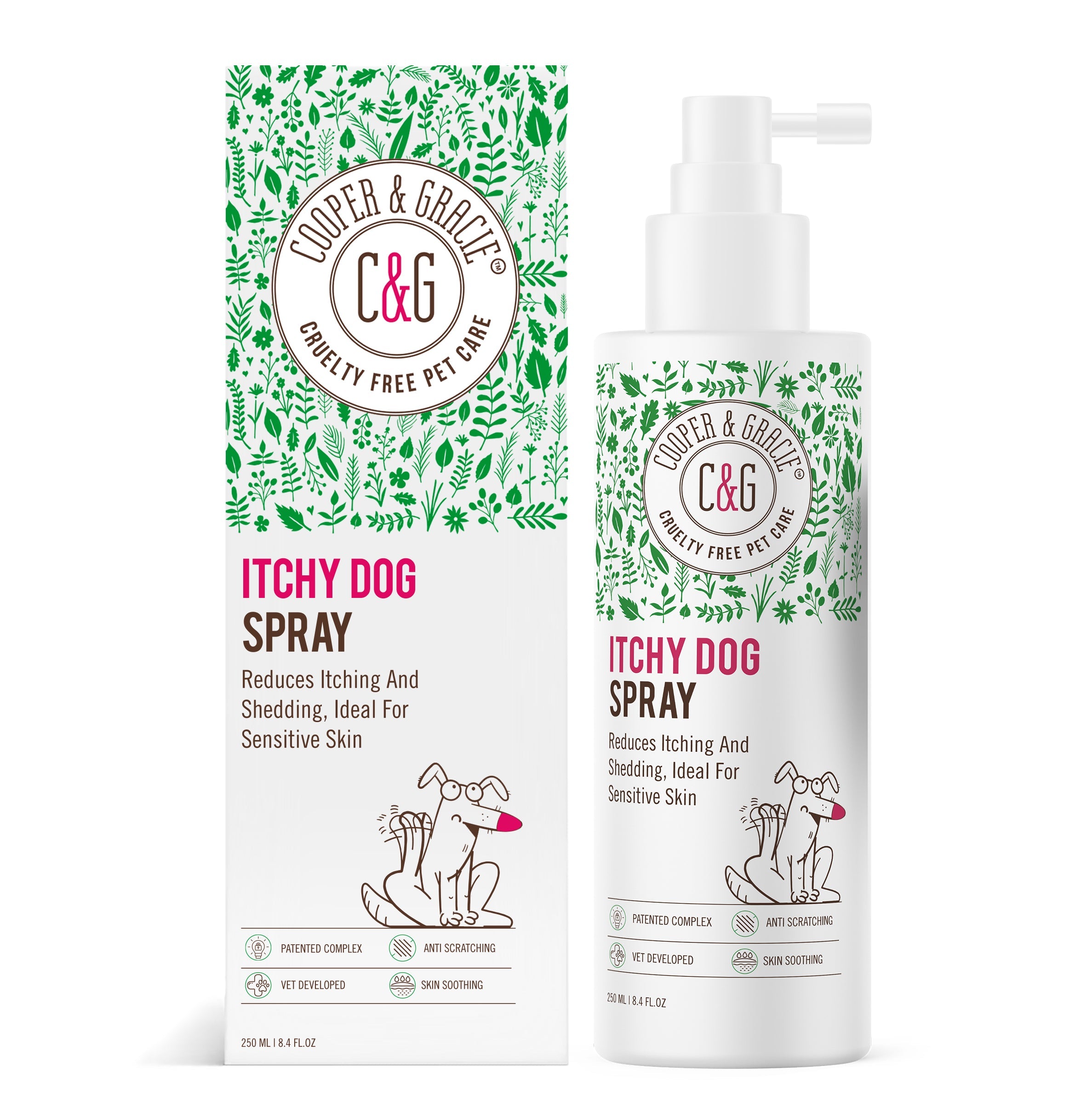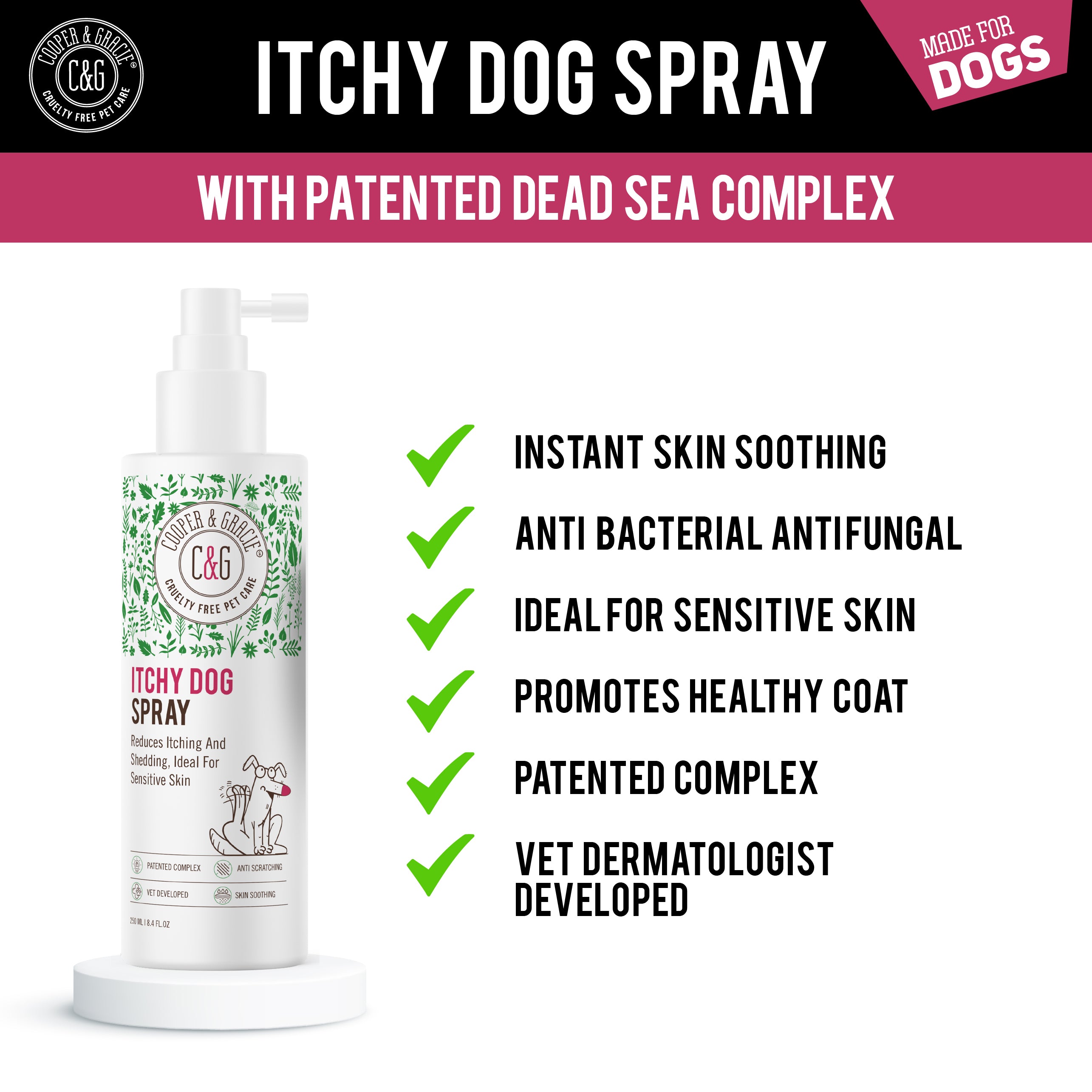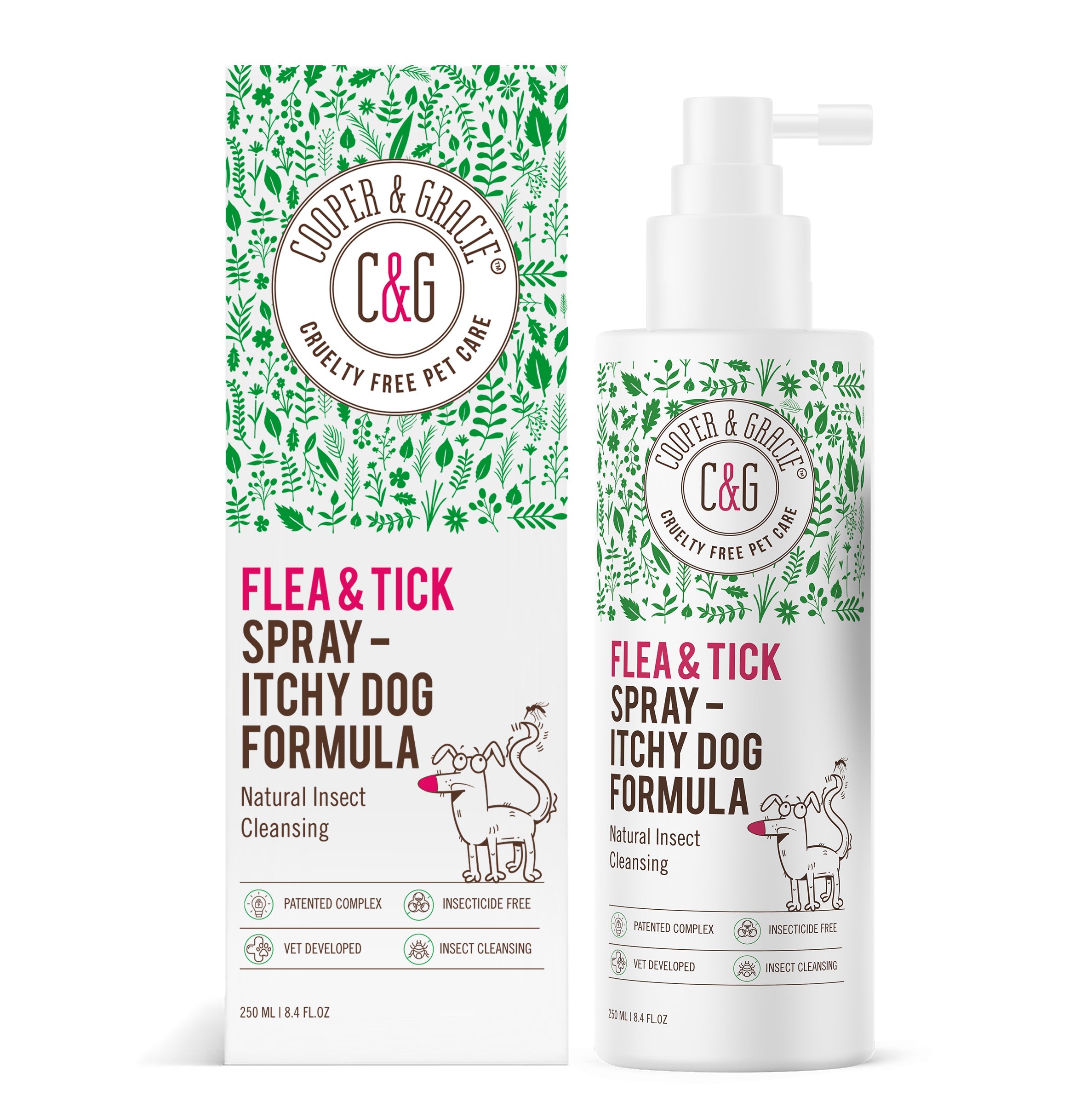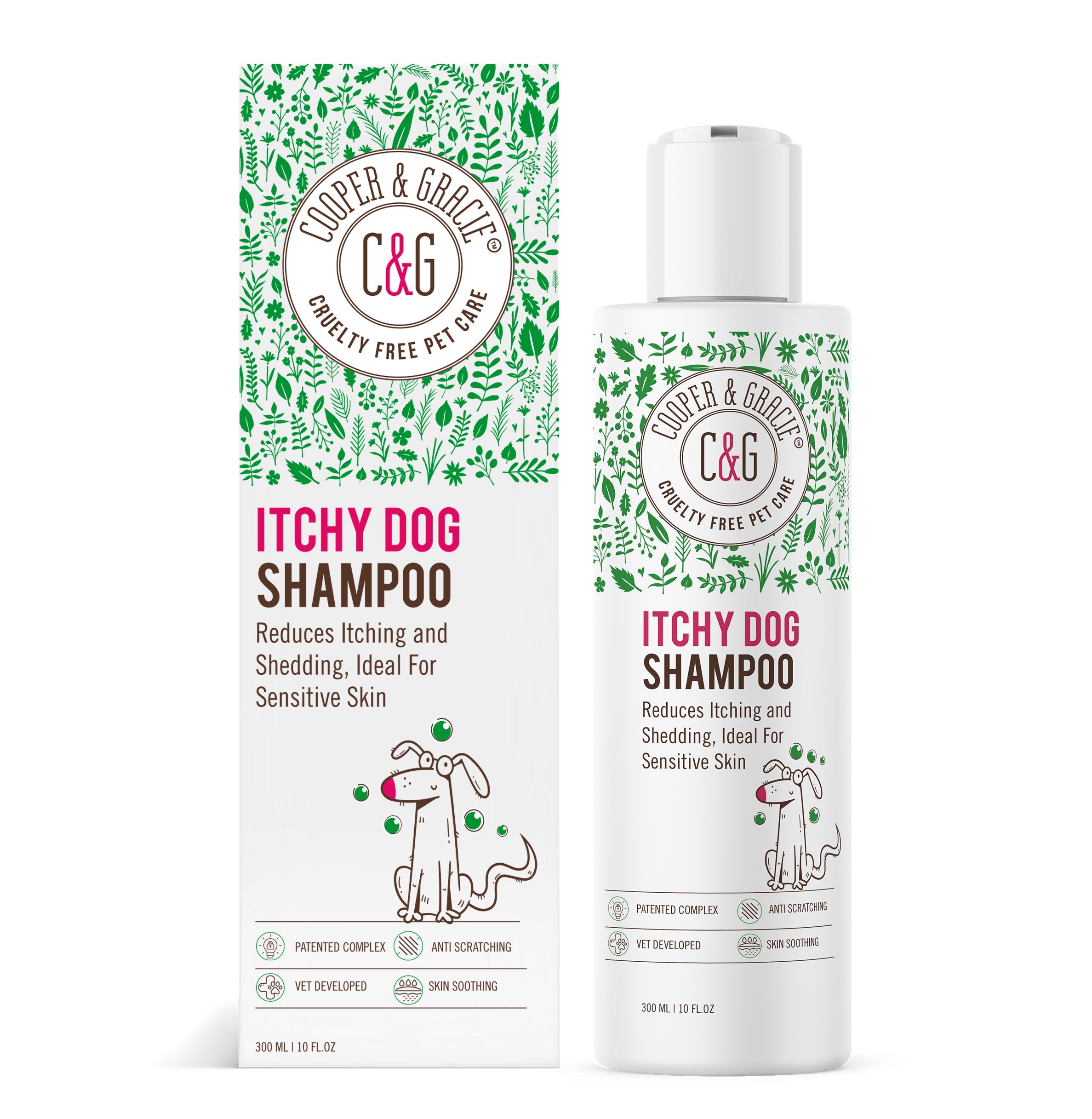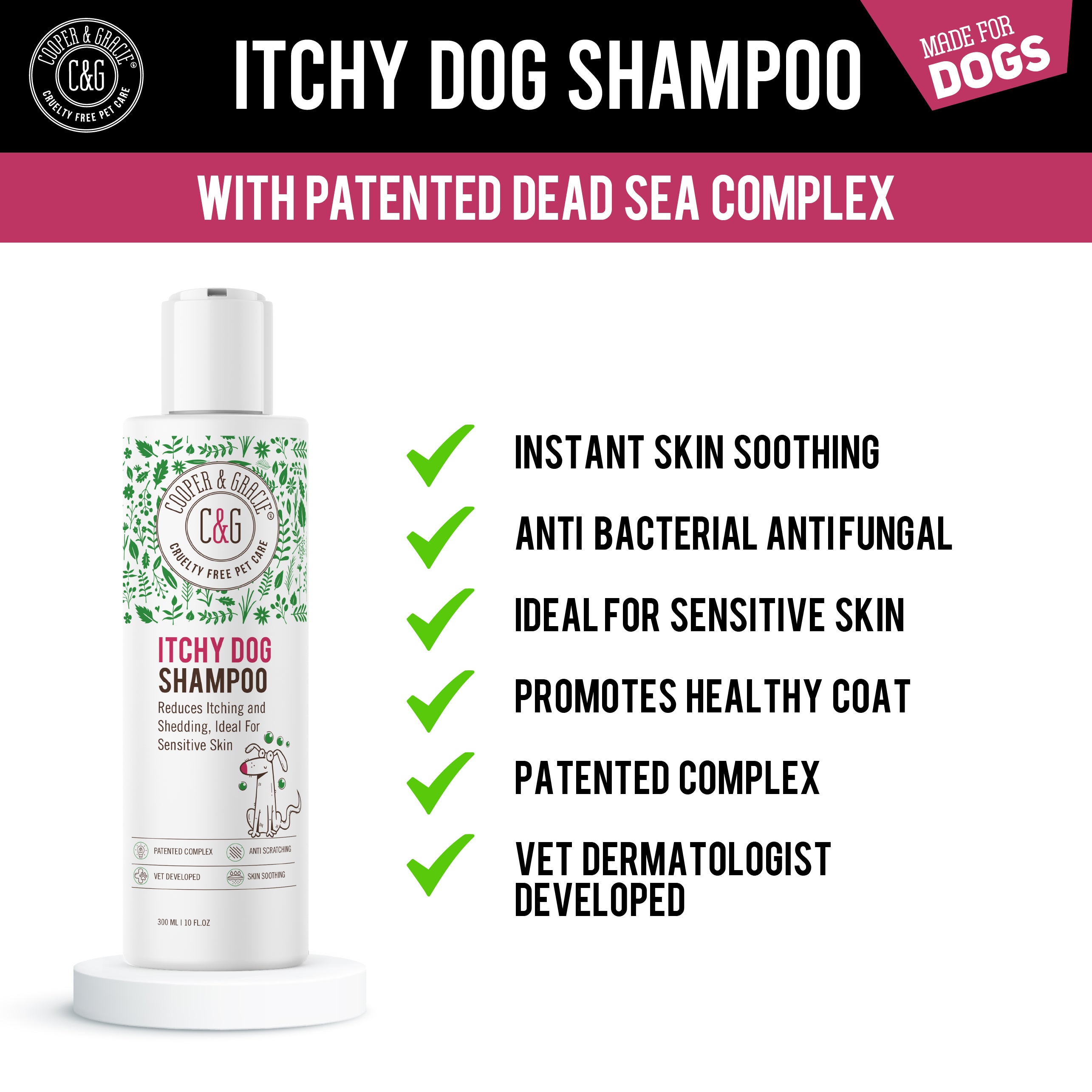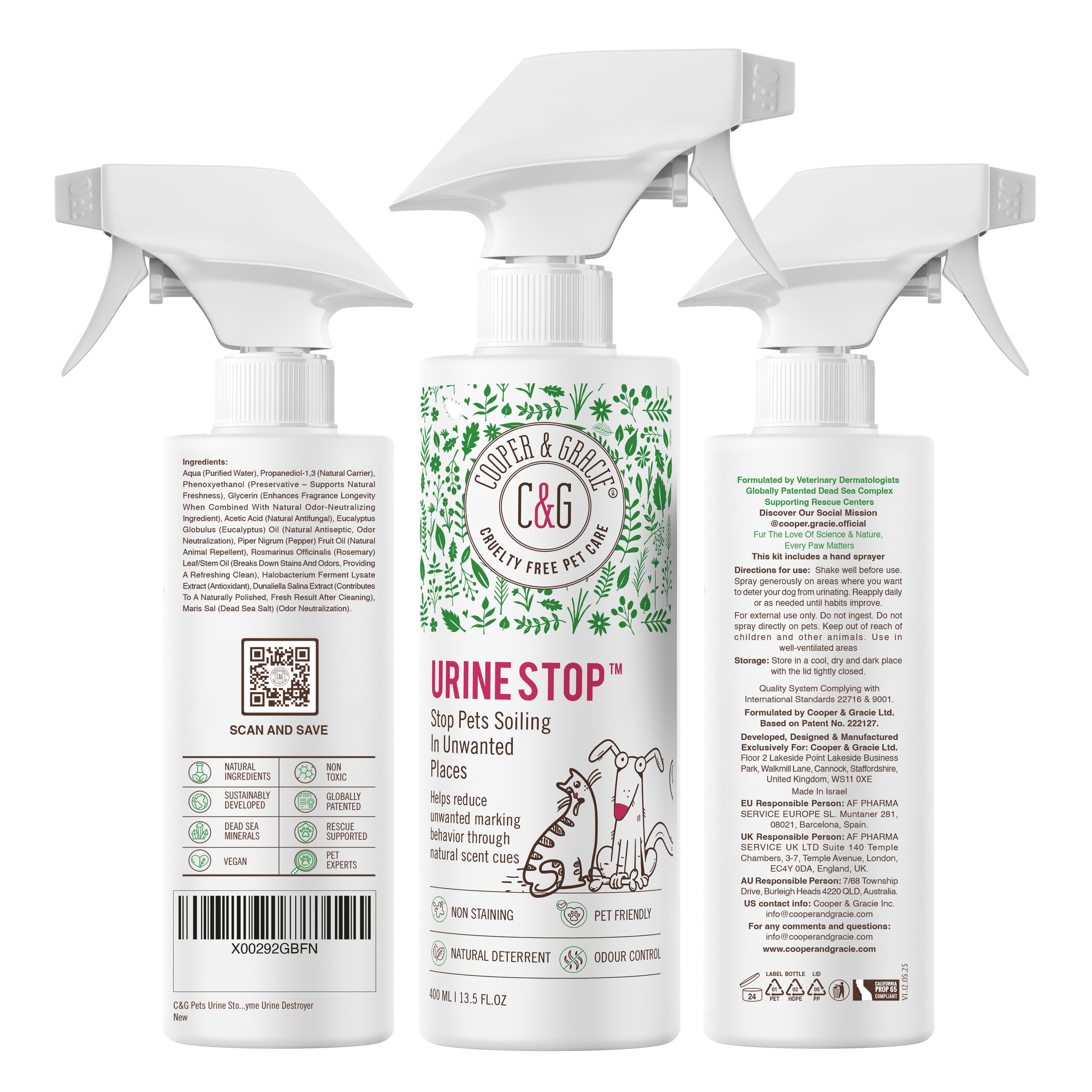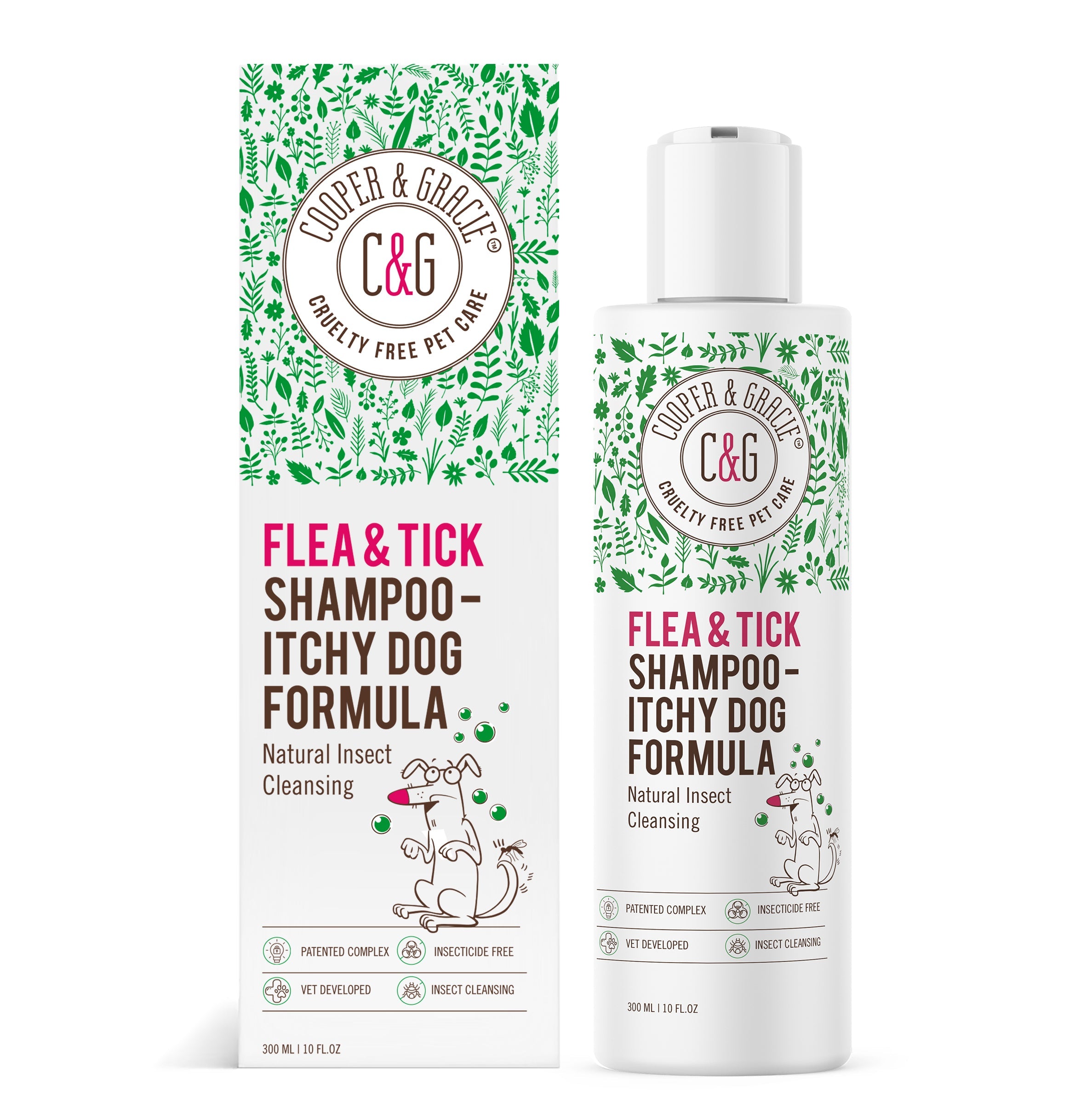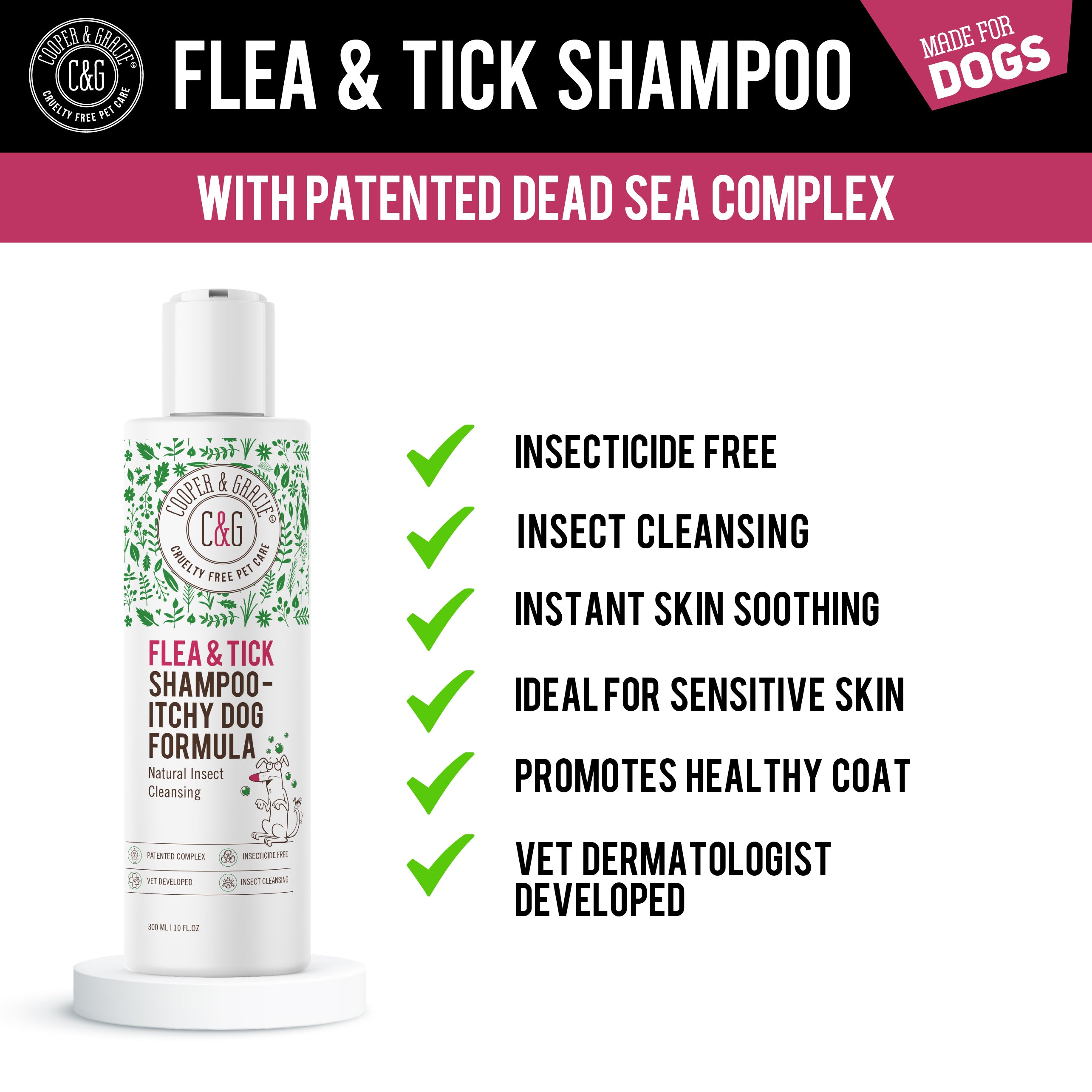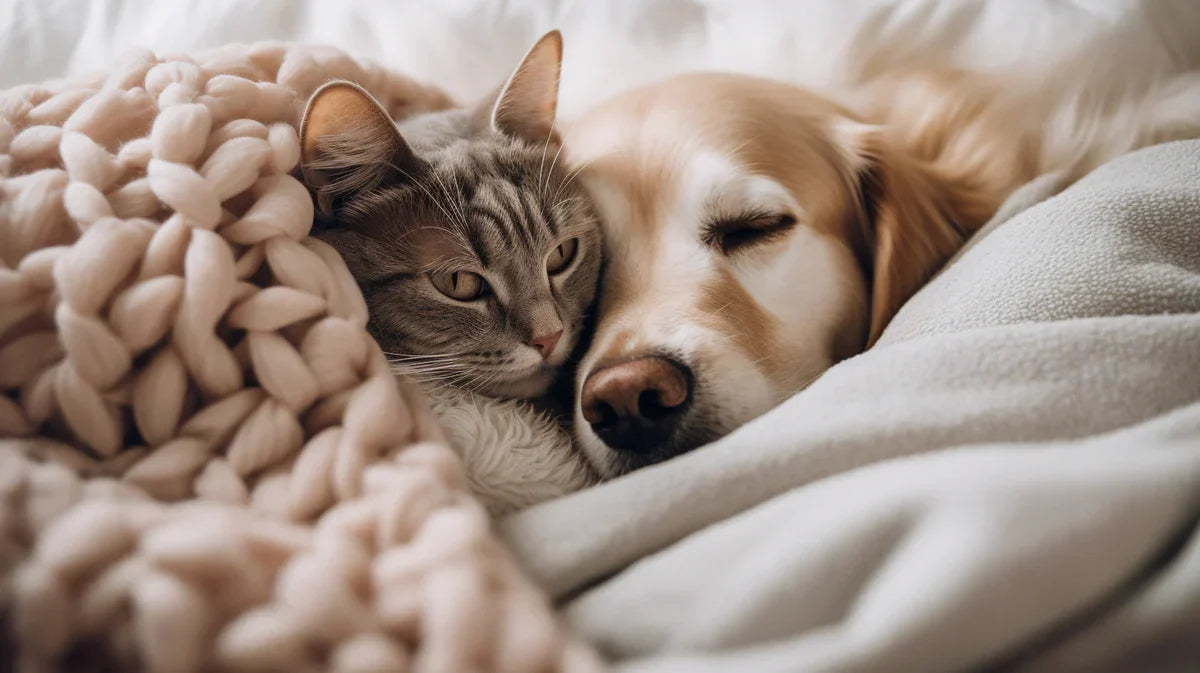Cats and dogs are often seen as natural adversaries...

But this doesn’t have to be the case in your home.

A peaceful coexistence between these two species is very achievable with the right approach. Bringing a cat and dog together under one roof requires understanding, preparation, and patience. Here's a detailed walkthrough to ease the process and ensure a harmonious living environment for your furred companions.
Understand Their Behaviour
Understanding the inherent behavioural tendencies of both cats and dogs is the first step towards a harmonious household.
Understanding Cat Behaviour
Cats are usually territorial and may be hesitant to share their space, especially with a species they are unfamiliar with. They also prefer a quiet and predictable environment, which might initially be disrupted by a dog's energetic nature.
Understanding Dog Behaviour
Dogs, on the other hand, are pack animals. They are often friendly and enjoy social interactions. However, their friendly gestures might be seen as threatening by cats, who are not used to such behaviours.
Pre-Introduction Phase
Before introducing your cat and dog to each other, some preliminary steps can make the process smoother.
Selection of Compatible Breeds
The process of ensuring a harmonious relationship between a dog and a cat under the same roof often begins even before they meet each other — it starts with the selection of compatible breeds. It’s a well-acknowledged fact that certain dog breeds are naturally more predisposed to getting along with cats and vice versa. Therefore, an informed choice can significantly smooth the path towards a peaceful cohabitation.
Researching Breeds
Investing time in researching and selecting breeds known for their amicable demeanour towards other species is a prudent first step. For instance, breeds such as Golden Retrievers, Basset Hounds, or Cocker Spaniels are often noted for their gentle and friendly nature towards cats. On the feline side, breeds like the American Shorthair, Maine Coon, or the Ragdoll have a reputation for being more tolerant of dogs.
Online forums, veterinary advice, and breed-specific literature are excellent resources to delve into. It's also advisable to visit breeders or pet adoption centres and interact with the animals to get a feel of their temperament first hand.
Consider Adopting Older Animals
While puppies and kittens are undeniably adorable, older animals often have established temperaments. Adopting an older dog or cat whose demeanour towards the other species is known can be a wise choice. Pet adoption centres can provide insights into an animal’s behaviour based on their past experiences and interactions with other animals.
Consult with Professionals
If possible, consulting with a veterinarian or a pet behaviourist who is familiar with different breed temperaments can provide invaluable guidance. They might provide recommendations based on the living environment, the existing pets’ temperaments, and the lifestyle of the human companions.
Mixed Breeds
It's worth noting that mixed breed animals can also exhibit favourable temperaments towards other species. Their behaviour can often be more individual, making an interaction before adoption even more crucial.
Final Considerations
Every animal is unique, and while breed tendencies can provide a guideline, individual personalities and past experiences will significantly influence the compatibility between your cat and dog. Ensuring a patient, structured introduction process alongside selecting compatible breeds will significantly enhance the likelihood of a peaceful, loving relationship between your cat and dog, creating a harmonious living environment for all members of the household.
Preparing Your Home
Make sure your home is conducive to a positive introduction. Create separate spaces for each pet to retreat to when they feel threatened or overwhelmed.
Introduction Phase
Now comes the crucial part – the introduction.
First Meeting
The first meeting should be controlled and calm. Keep the dog on a lead and let the cat come and go as it pleases. Never force the cat towards the dog.
Monitoring Their Interactions
Always supervise their interactions until you are sure that they can get along without any issues. It may take some time, but it's crucial for their mutual relationship.
Training and Socialisation
Training both animals to behave well around each other is key.
Basic Training
Train your dog to obey commands, and use positive reinforcement to encourage calm behaviour around the cat. Simultaneously, you can use treats to reward your cat when it behaves calmly around the dog.
Reinforcement
Regularly reinforcing good behaviour is essential to maintain a peaceful atmosphere at home.
Maintaining a Peaceful Environment
Creating and maintaining a peaceful environment will ensure lasting harmony.
Separate Feeding Areas
Avoid competition by having separate feeding areas. This will prevent any possible food aggression issues.
Providing Personal Space
Ensure each pet has its own space to retreat to when needed. This helps in reducing tension between them.
Seek Professional Help if Necessary
If despite your best efforts, things are not working out, don’t hesitate to seek professional help.
Consult With a Behaviourist
A professional animal behaviourist can provide valuable insights and solutions to help your cat and dog get along.
Attending Socialisation Classes
Socialisation classes can also be a great way to improve their relationship, teaching them how to behave around other animals.
Patience and Consistency
Maintaining a harmonious environment requires patience, consistency, and a lot of love. It might take some time, but the result is a peaceful and happy household.
Conclusion
Getting a cat and dog to live harmoniously under one roof is a task that requires understanding, training, and patience. By following the steps outlined above, you’re well on your way to creating a happy, multi-species household.
FAQs
-
Can all breeds of cats and dogs get along?
- It largely depends on the individual animals’ personalities, but some breeds are known to be more tolerant and adaptable.
-
How long will it take for my cat and dog to get along?
- The time frame varies from case to case. It could take anywhere from a few days to several months.
-
Is it easier to introduce a puppy to a cat or an adult dog to a cat?
- Puppies often have an easier time adapting as they are still learning and forming their behaviour patterns.
-
What should I do if my cat and dog fight?
- Separate them immediately and consult with a professional if necessary. It's important to address aggression as soon as possible.
-
Should I get a cat or a dog first?
- There's no hard and fast rule. The personality and temperament of the animal, as well as the order of introduction, can both play significant roles.
Create a Harmonious Household with Cooper and Gracie
At Cooper and Gracie, we believe in creating a peaceful and loving environment for all members of your family, furry ones included. With our extensive range of cruelty-free, organic pet care products, we provide the perfect solution to ensure your cat and dog not only get along splendidly but thrive together. Whether it’s the calming sprays to ease their initial interactions or the organic shampoos to keep them clean and comfortable, we've got it all. Our products are specially formulated to cater to the unique needs of your pets, ensuring they’re happy, healthy, and ready to bond with each other. Say goodbye to the tension between your beloved pets, and embrace a serene, joyful household with Cooper and Gracie's natural pet care solutions. Take a step towards a tranquil home today – your pets will thank you! Explore our collection now and witness the change yourself!

